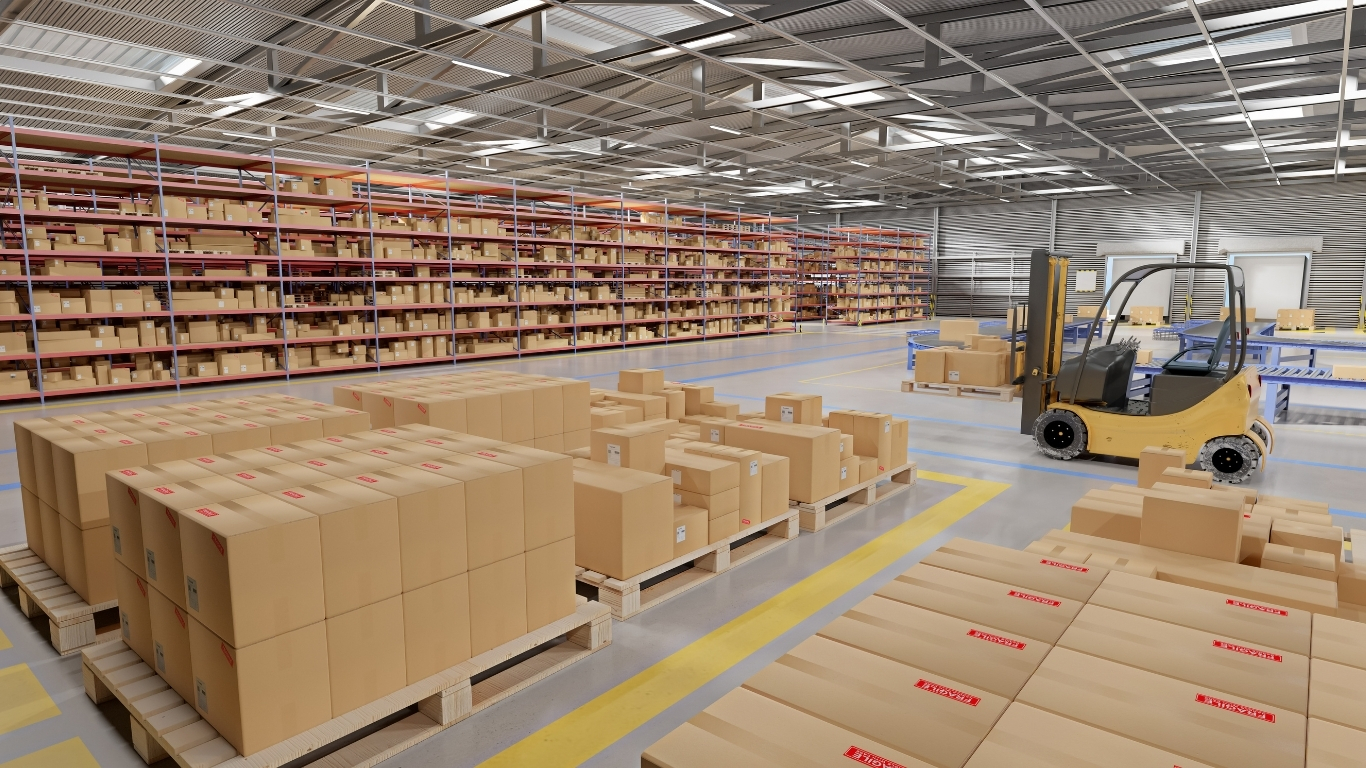 You don’t need a bigger warehouse. You need a smarter one.
You don’t need a bigger warehouse. You need a smarter one.
If you’ve ever found yourself staring at stock reports wondering how you’re overstocked and out-of-stock at the same time, you’re not alone. It’s the classic warehousing paradox every FMCG and retail operations head has wrestled with. In fast-moving, high-pressure environments like yours, where speed, volume, and accuracy are non-negotiable, warehousing isn’t just a storage function. It’s the engine that powers everything else.
And yet, too many businesses are still stuck in old cycles: seasonal chaos, forecasting errors, wasted shelf space, damaged inventory, delayed dispatches, and endless firefighting. It doesn’t have to be this way.
After years of partnering with some of India’s leading FMCG and retail brands, at Yuvraj SCS, we’ve learned that it’s not the size of your warehouse or the tech stack you flaunt that defines success. It’s how intelligently the system is designed to respond. That’s where smart warehousing comes in.
The Real Pain Points Behind Warehouse Woes
Let’s first get honest about what’s really keeping supply chain managers and brand owners up at night.
-
Mismatch between demand and inventory availability.
Planning teams struggle with ever-changing consumer patterns, while warehouse teams often find themselves holding too much or too little. Promotions, seasonal spikes, and regional preferences make demand harder to predict, and warehouses suffer the whiplash.
-
Inefficient space utilization and layout.
Warehouses are either overflowing or under-utilized. Poor zoning, no SKU movement data, and outdated storage systems mean fast-moving items are buried at the back, and slow movers take up prime real estate.
-
High order errors and low dispatch accuracy.
Especially in retail, where speed meets complexity, one wrong shipment or missed SKU can lead to delayed deliveries, strained distributor relationships, and dissatisfied end customers.
These aren’t surface issues; they’re deep operational knots. But with the right mindset and systems, they can be untangled.
Smart Warehousing Isn’t a Buzzword, It’s a Way of Thinking
We approach warehousing like a living, breathing system, one that needs to adapt to the tempo of the business it supports. Here’s how we help clients think smarter:
1. The 80/20 Storage Framework: Let Movement Dictate Space
Most FMCG and retail businesses have an 80/20 inventory pattern, 20% of SKUs contribute to 80% of movement. But many warehouses treat all SKUs equally. That’s a problem.
Solution: Redesign your warehouse layout to prioritize velocity zones.
- High-frequency SKUs are placed closest to loading bays.
- Slower SKUs move to secondary storage zones.
- Seasonal or promotional SKUs are stored in flexible zones that can expand or contract.
We worked with a mid-size retail snacks brand recently that was struggling with dispatch delays during festive seasons. A simple re-zoning based on SKU movement frequency cut their average order picking time by 38%, no extra space, no fancy software. Just smarter design.
2. Dynamic Inventory Buffering: Rethink “Just in Case”
Holding safety stock is standard. But blindly adding buffers to everything is a recipe for bloated warehouses and expired products, especially in FMCG.
Solution: Implement dynamic buffer management based on actual lead times, sales velocity, and shelf life.
At Yuvraj SCS, we use a “Traffic Light Buffering Model”:
- Red Zone: SKUs with unpredictable demand or long lead times, larger buffer.
- Yellow Zone: Stable sellers, moderate buffer.
- Green Zone: High churn SKUs with reliable supply, minimal buffer.
This model helped one of our beverage clients reduce storage costs by 22% without compromising availability.
3. Error-Proofing with Simplicity: Not Tech, but Technique
Everyone wants to talk about automation, but for many growing brands, a ₹2 label solution often fixes what ₹20 lakh tech can’t.
Solution: Build in simple error-proofing techniques like:
- Color-coded zones and pick lists.
- Barcode and batch scanning at dispatch points.
- Mobile-based real-time inventory view for field sales.
A cosmetics client we support used to struggle with frequent mis-picks during product bundling offers. By introducing color-coded packing tables and SKU-specific trays, accuracy jumped from 88% to 99.4% in just 3 weeks, no new tech, just operational empathy.
Why Smart Warehousing is a Mindset, Not a Project
At the core of every smart warehousing strategy is a single principle: don’t warehouse for today, warehouse for change. FMCG and retail are dynamic by nature. Trends shift, buying patterns evolve, and brands need to stay agile.
Smart warehousing isn’t about perfection. It’s about responsiveness. It’s about designing systems that can flex, scale, and pivot as your business grows. Whether that’s through intelligent zoning, dynamic buffers, or mistake-proofing at the ground level, it’s the small, system-wide decisions that compound into long-term agility.
Final Thoughts: Your Warehouse is Not a Cost Centre. It’s a Competitive Edge.
The smartest brands we work with don’t treat warehousing as backend support. They treat it as a strategic lever. And when they do, everything changes: delivery speed, inventory health, cost control, and customer satisfaction.
If you’re a supply chain head, brand owner, or operations lead reading this, here’s a question to consider:
Is your warehouse merely storing goods, or is it actively enabling your brand to grow faster, leaner, and smarter?
At Yuvraj SCS, we don’t just provide warehousing. We co-create smart warehousing ecosystems that grow with your brand. Not by throwing in buzzwords or big tech, but by doing what works, on the ground, every day.
Let’s build smarter, together.
Want to talk warehousing with someone who’s actually been there, done that, and solved for it? Reach out to the team at Yuvraj SCS.

